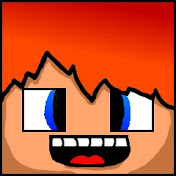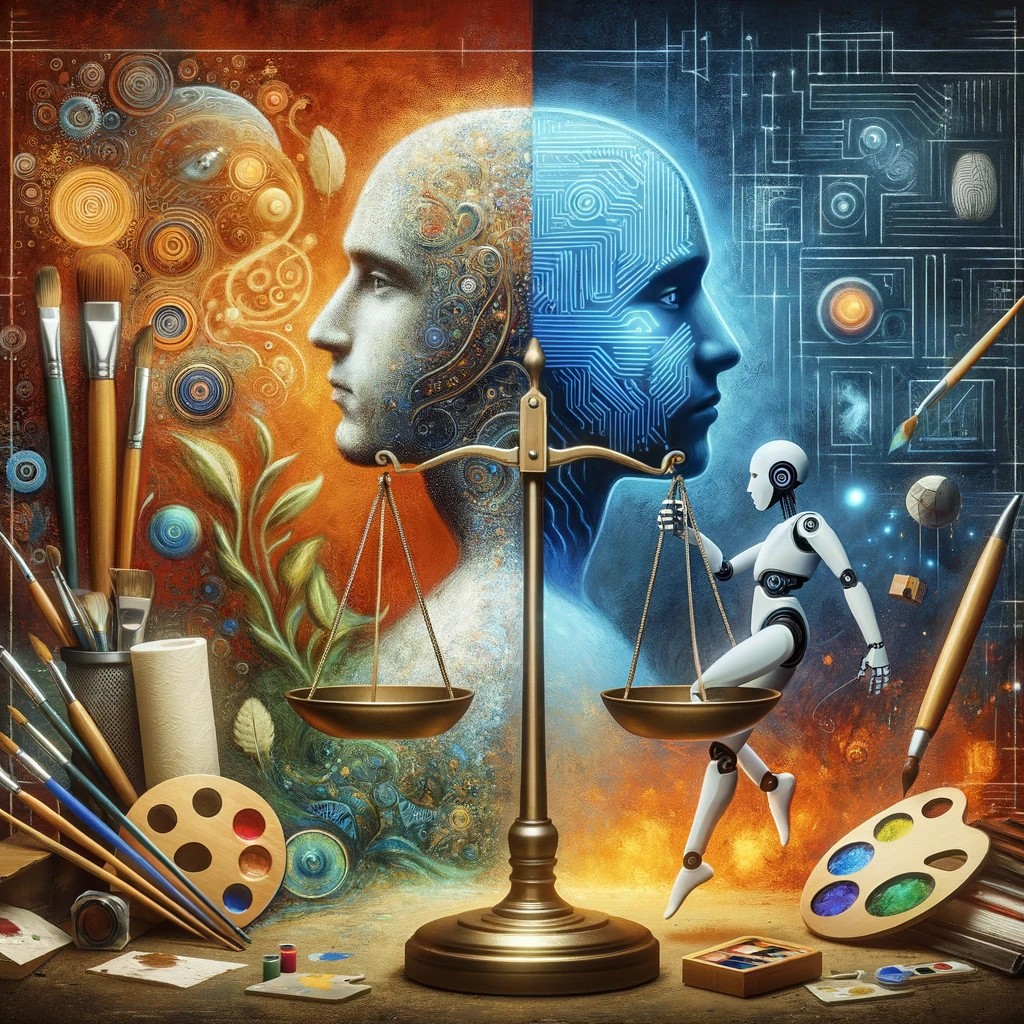Human and AI Creativity
The creative process, whether conducted by humans or Artificial Intelligence (AI), is intrinsically linked to the act of observing and deriving inspiration from existing works. The way we create art together really brings up some tough questions about how to fairly pay artists, both for their original work and for anything that’s based on it. It’s especially complex when you compare how humans and AI get compensated, which really brings up some big ethical and legal considerations.
Derivative Works and Copyright Challenges
When human artists use someone else’s original work as a foundation for their creation, they navigate the nuances of copyright and artistic license. For instance, a musician sampling an old song in a new composition must often obtain permission and potentially pay royalties to the original creator. This respect for the original work ensures that artists are compensated for their contributions while allowing new art to flourish.
However, the line between inspiration and infringement can often be blurry. While homage and influence are acknowledged aspects of creative work, outright copying without attribution or permission can lead to legal disputes. The key is finding a balance where artists are encouraged to draw inspiration from others while also respecting and compensating the original creators.
AI and Artistic Creation
The emergence of AI in creative fields presents new challenges in the realm of artist compensation. AI systems, trained on vast datasets that include works of numerous artists, can generate art, music, or writing that echoes these inputs. However, the question arises: who should be compensated when an AI creates something new based on this collective input?
One perspective is that the creators of the original works, which the AI used for training, should receive some form of recognition or compensation. This approach, however, is complex due to the sheer volume of data and the difficulty in tracing AI-generated outputs back to specific inputs. Additionally, there’s a debate about whether AI-generated works are genuinely ‘new’ creations or just sophisticated reiterations of existing art.
Contrasting Compensation Models
The contrast in compensation models for human and AI creations is stark. Human artists often have guidelines and legal frameworks governing the use of original works, whereas AI-generated creations exist in a more ambiguous space. With AI, the intellectual property rights are harder to define, leading to questions about who owns an AI-generated piece – the programmer, the user, the owners of the input data, or the AI itself?
Adapting to New Creative Norms
As we move forward, the creative industry must adapt to these evolving norms. Legal frameworks may need to be rethought to accommodate the unique challenges posed by AI, ensuring fair compensation for original creators while fostering innovation. Collaborative efforts between artists, technologists, and legal experts are essential to navigate this uncharted territory.
In conclusion, the creative processes of AI, drawing from vast datasets, and humans, influenced by a lifetime of observations, are similar practices, both rooted in transforming accumulated experiences into innovative and expressive creations. Both human and AI creativity raise critical questions about artist compensation in a world where creation is increasingly intertwined with observation. Balancing respect for original works with the freedom to create new ones is key, and this balance becomes even more delicate as AI becomes a more prominent creator. Ensuring fair compensation and acknowledgment in this evolving landscape is not just a legal issue, but also a moral imperative to maintain the integrity and vibrancy of the creative world.

